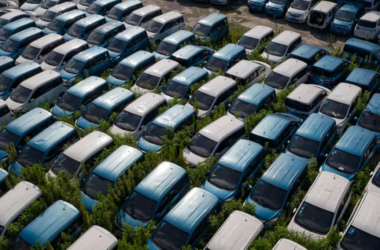The Netherlands, under its new right-wing government, is facing a significant demographic challenge that could require the country to bring in an additional three million migrants by 2040. This projection comes from the Central Statistics Bureau (CBS), which has warned that an aging population and declining birth rates could severely impact the country’s workforce and tax base.
As of Thursday, the population of the Netherlands reached 18 million, with immigrants accounting for 16% of this figure. The CBS report highlights that since 2015, nearly all of the country’s population growth has been driven by immigration, as the birth rate among the native population continues to decline.
The impact of this demographic shift is stark. During the post-World War II “baby boom” from 1945 to 1970, the Dutch population increased by almost four million, at a rate of about 150,000 per year. However, this growth rate has now slowed to approximately 120,000 per year. Dutch women currently have an average of 1.43 children, a figure well below the replacement level needed to maintain population stability.
According to CBS estimates, the Dutch population will reach 19 million by 2037 and could approach 20 million by 2070, subject to annual fluctuations. By 2040, it is projected that a quarter of the population will be 65 years or older, necessitating a substantial influx of three million workers to sustain the labor force and support the tax system.
Much of the recent population growth has been fueled by migration from conflict zones such as Syria and Ukraine. However, the underlying reasons for the country’s population increase are more deeply rooted in its prosperity. Key factors include the European Union’s expansion and open borders policy, a strong economy, an influx of international students, and the Netherlands’ general openness to conducting business in English.
Historically, the largest groups of migrants have come from other EU countries, followed by Indonesia, which has colonial ties to the Netherlands, and Turkey, whose guest workers established strong family ties in the 1960s and 1970s.
The CBS also noted that pinpointing the exact identity of the 18 millionth resident is impossible. However, statistically, it is more likely that this milestone was marked by an immigrant, given that immigration is the primary driver of population growth in the Netherlands today.
As the government navigates its stance on immigration, balancing the need for a robust workforce with its commitment to a strict immigration policy will be a critical challenge in the coming years.








